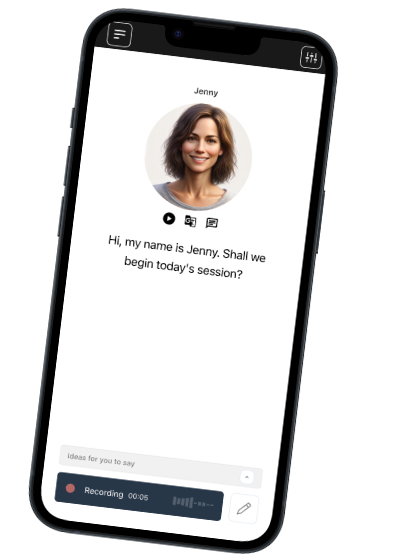Founded in Denmark. We respect your privacy.
Join a worldwide community of language learners
Are You Saying This Wrong? Surprising Truths About Tricky English Adjectives and How Natives Really Use Them
Last updated on
Adjectives seem simple at first—just describing words, right? But beneath the surface of English, there’s a maze of hidden rules, subtle meanings, and cultural preferences that even fluent speakers struggle with. For language learners, stumbling over tricky adjectives can lead to misunderstandings, odd-sounding sentences, or the kind of “almost correct” English that still leaves you out of the conversation. Stay with us: there’s a surprise twist about how adjectives are actually used in real life, which you might never learn from textbooks—revealed at the end!
The Order Mystique: Why “Big Red Ball” Sounds Right, but “Red Big Ball” Sounds Weird
Have you ever wondered why we say “big red ball,” not “red big ball”? Native speakers rarely think about it, but the order of adjectives in English is remarkably strict compared to many other languages. The usual order is: Opinion, Size, Age, Shape, Color, Origin, Material, Purpose (for example: “a lovely little old round green French silver serving tray”). Native speakers instinctively follow this order, while learners may not even notice it exists.
Learning the “correct” order is less about memorization and more about building the habit through exposure and practice. Even advanced learners sometimes produce combinations like “a leather Italian stylish jacket,” which can subtly mark them as non-native, even if everything is technically clear.
Adjective-Noun Collocations: Sounding Right vs. Sounding Off
Some adjectives just “belong” with certain nouns. English has thousands of fixed adjective-noun pairs, known as collocations—think “strong coffee,” “heavy rain,” or “big mistake.” If you say “strong rain” or “heavy coffee,” it isn’t grammatically wrong, but it alerts native speakers that something is “off.” These preferences aren’t always logical, and native speakers just “feel” what’s natural, while learners need to notice these patterns over time.
One way to develop collocation intuition is to use AI-powered tutors that can respond to your errors instantly. On platforms like Talkio English (US), the AI corrects your phrases when they aren’t typically used by natives, helping you to develop an ear for natural combinations.
When Adjectives Change Meaning: Static vs. Dynamic Usage
Another trap: the adjective’s meaning can change depending on where it sits. For example, “concerned” before a noun usually means “involved” (a concerned citizen = a citizen who cares), but after (“the citizen was concerned”) it means “worried.” The same happens with “involved,” “available,” and “present.” Natives absorb this difference by exposure; learners need to consciously study it or risk missing nuance.
The Secret: Natives Break the Rules—But With Style
Here’s that big reveal: natives don’t always play by the official rules. In casual speech—or for emphasis—they might deliberately rearrange adjectives (“that crazy, old, big house!”), create odd combinations (“deliciously ugly sweater”), or use adjectives as nouns (“the rich, the poor”). This creative use is everywhere in real conversations and the media. The “rules” provide a helpful backbone for clarity, but true fluency means knowing when to follow them—and when to let natural expression take over.
Want to dive deeper into English adjective quirks and get feedback as you speak? Advanced tools like Talkio don’t just focus on vocabulary—they help refine the subtler parts of language, so you can sound more like a native in any situation.
If you’re curious about regional differences in adjective usage, Cambridge research provides deeper insight into spoken and written norms across English dialects.
Talk Your Way
to Fluency

Talkio is the ultimate language training app that uses AI technology to help you improve your oral language skills!
Try Talkio


